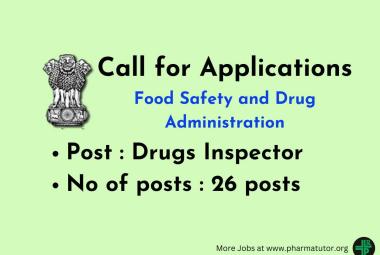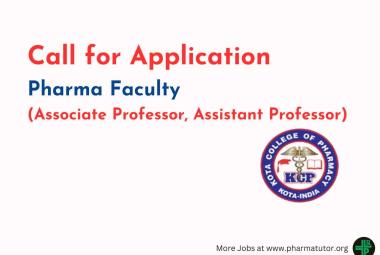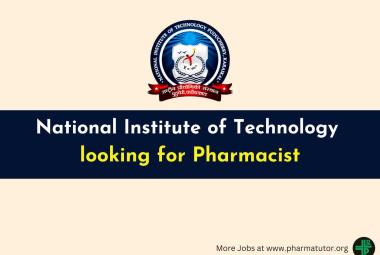U.S. Food and Drug Administration finalized its guidance for manufacturers submitting new tobacco product applications through the premarket tobacco product application (PMTA) pathway for electronic nicotine delivery systems (ENDS), such as e-cigarettes or “vapes,” and the liquid nicotine and nicotine-containing e-liquids used with such products, as part of the agency’s continued commitment to its oversight of tobacco products.
Under the PMTA pathway, which is the marketing pathway most likely to be pursued for ENDS products, manufacturers or importers must demonstrate to the agency, among other things, that marketing of the new tobacco product would be appropriate for the protection of the public health. That statutory standard requires the FDA to consider the risks and benefits to the population as a whole, including users and non-users of tobacco products. The FDA must also consider the likely impact of the products on people’s behavior—specifically, the likelihood that existing users will stop using such products and the likelihood that those who do not use tobacco products will start using such products. This is especially important for youth. The agency’s evaluation also includes reviewing a tobacco product’s components, ingredients, additives, constituents and health risks, as well as how the product is manufactured, packaged and labeled.
Following an extensive review of input from the public on the previous draft guidance, the guidance issued today further clarifies the PMTA process for ENDS products and the FDA’s current thinking about information the agency recommends applicants include in a PMTA submission for ENDS products. Importantly, it also includes recommendations for how applicants should address public health issues in the design and manufacture of their products, such as accidental nicotine exposure and battery safety.
The guidance also includes recommendations for constituent or chemical testing, applying existing scientific literature or analyses about similar products to the proposed new tobacco product, including multiple distinct products in a single submission and referencing tobacco product master files.
In addition to the guidance being issued today, the agency had previously published additional resources to aid industry application submissions, including the proposed rule on Substantial Equivalence Reports and Tobacco Product Master File Guidance, and has conducted a public meeting and educational webinarsdescribing, among other things, the statutory requirements for premarket applications. The FDA will continue efforts to assist industry in complying with federal tobacco regulations through online information, meetings, webinars and guidance documents.
As part of the FDA’s comprehensive plan for tobacco and nicotine regulation, the agency also continues to explore clear and meaningful measures to make tobacco products less toxic, appealing and addictive with an intense focus on youth. This could include measures on flavors/designs that appeal to youth and product labeling to prevent accidental child exposure to liquid nicotine. The FDA is also exploring product standards that could help prevent injuries from known tobacco product risks, including a potential product standard to prevent "vape" battery explosions.







